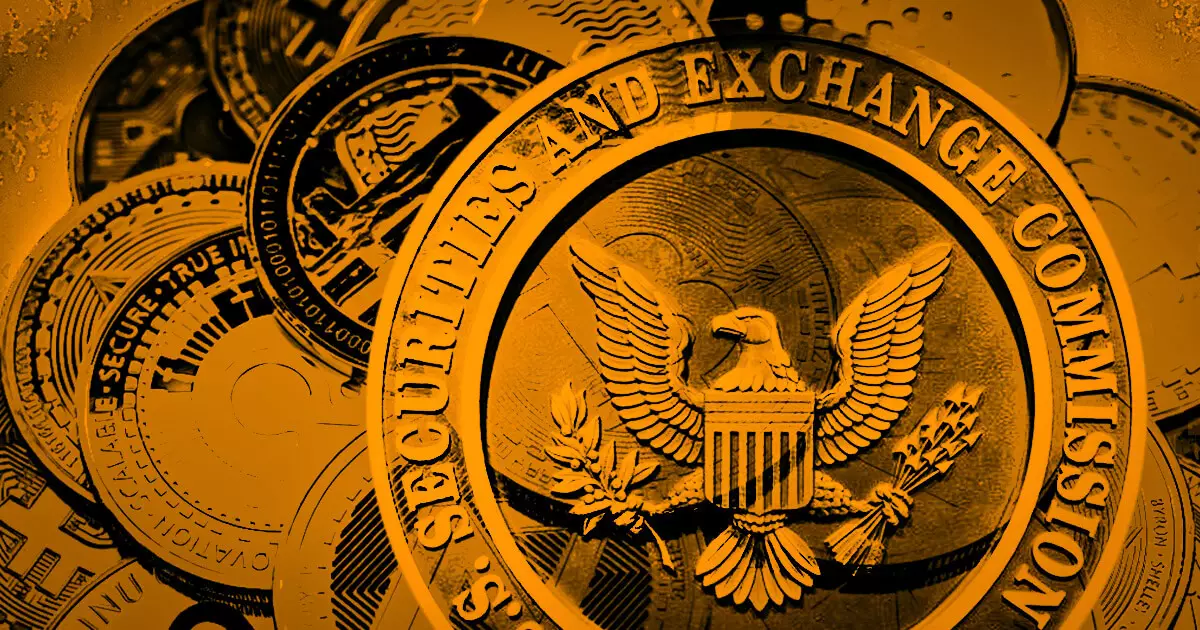In recent weeks, the Securities and Exchange Commission (SEC) has come under fire for its controversial decision to dismiss several high-profile cases involving major cryptocurrency companies, such as Coinbase, Robinhood, and Gemini. The dissenting voice leading this criticism is SEC Commissioner Caroline Crenshaw, who has expressed profound concerns regarding the implications of these decisions for investor protection and regulatory coherence. As the SEC attempts to navigate a rapidly evolving regulatory landscape, the agency’s approach raises important questions about both its commitment to enforcement and its ability to adapt to the nuances of the digital asset ecosystem.
At the heart of Crenshaw’s criticism lies the belief that the SEC has abandoned its commitment to upholding long-standing legal principles. She emphasized that even as the agency initiates new approaches—like forming a specialized crypto task force—the existing legal framework must remain intact and enforced until any new regulations or legislative reforms are finalized. Crenshaw pointed to the established precedent affirming the SEC’s authority over cryptocurrencies, arguing that the agency had already built a compelling case against Coinbase, demonstrating clear violations of securities laws. Her comments suggest that an effective regulatory approach should not be sacrificed on the altar of expediency; rather, it ought to be consistent and fair.
Crenshaw raised significant concerns about how the removal of these cases might undermine the SEC’s credibility and its ability to safeguard the integrity of financial markets. By signaling that certain digital assets, like memecoins, might not fall under the existing regulatory umbrella, the SEC’s recent actions provoke the fear of selective enforcement. This could lead to a perception that the agency is favoring digital assets over traditional financial instruments—a sentiment that could erode public trust in regulatory mechanisms. Furthermore, Crenshaw underscores the potential ramifications of this ambiguity for investors who may be more vulnerable to fraud and scams in an already risky market.
A notable aspect of Crenshaw’s critique centers on the SEC’s recent guidance regarding memecoins—cryptocurrency tokens often characterized by humorous or whimsical branding. She points out that despite labeling these assets as non-securities, the guidance lacks a clear and rigorous definition. The essence of what constitutes a memecoin remains shrouded in vagueness, making it challenging to discern effective regulatory approaches. Critically, Crenshaw has argued that the Howey test—a legal benchmark for determining whether an asset qualifies as a security—should apply irrespective of how promoters label their tokens. This notion is vital for ensuring that cons and fraudulent schemes, such as pump-and-dump operations, do not proliferate unchecked.
Crenshaw concludes her assessment with a call for a more robust regulatory framework capable of addressing the complexities of the crypto landscape. She posits that without adequate definitions and clear guidelines, bad actors could exploit regulatory loopholes, further endangering investor interests. The current SEC guidance appears to lack the rigor necessary to combat manipulative market behaviors that could harm investors who may not fully understand the risks involved in trading poorly defined memecoins or cryptocurrencies. Her assertion that “this guidance is not a reasoned interpretation of existing law” encapsulates her demand for clarity and due diligence in regulatory practices.
The debate surrounding the SEC’s recent dismissals underscores a critical juncture in the regulation of cryptocurrencies. As the landscape becomes increasingly intricate, the need for coherent, consistent policies is paramount. Crenshaw’s critique serves as a reminder that regulatory bodies must strike a careful balance between innovation and protection. The path forward should encourage a firm commitment to uphold existing laws while developing new frameworks that cater to the specificities of the digital asset space. Only through such diligence can regulatory bodies foster a trustworthy environment for investors and encourage sustainable growth in the burgeoning field of cryptocurrencies.


Leave a Reply